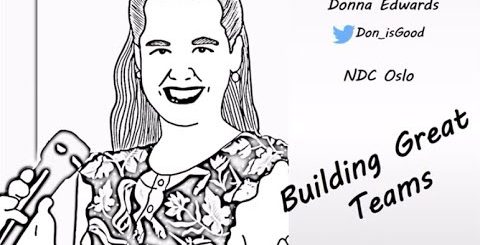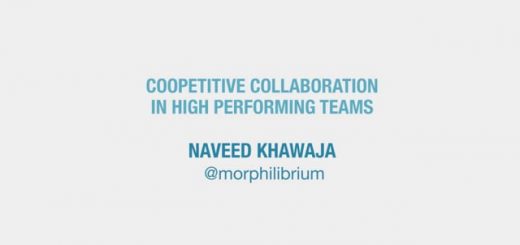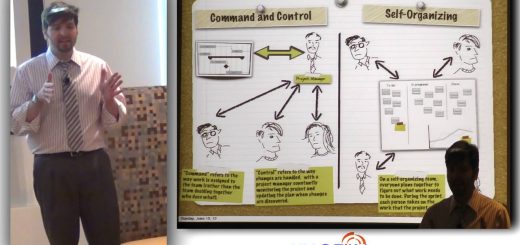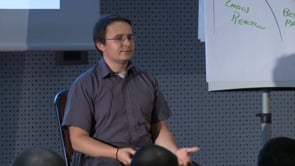Learning Together: How to Share Knowledge Across Project Teams
When you work with many software developers, spanning different teams and different projects, it is hard to keep up with changes. This presentation shares how FutureLearn utilizes their culture of learning, to keep their software engineers up-to-date on topics from ECMAScript changes to wilder concepts like generative art.








Last Comments